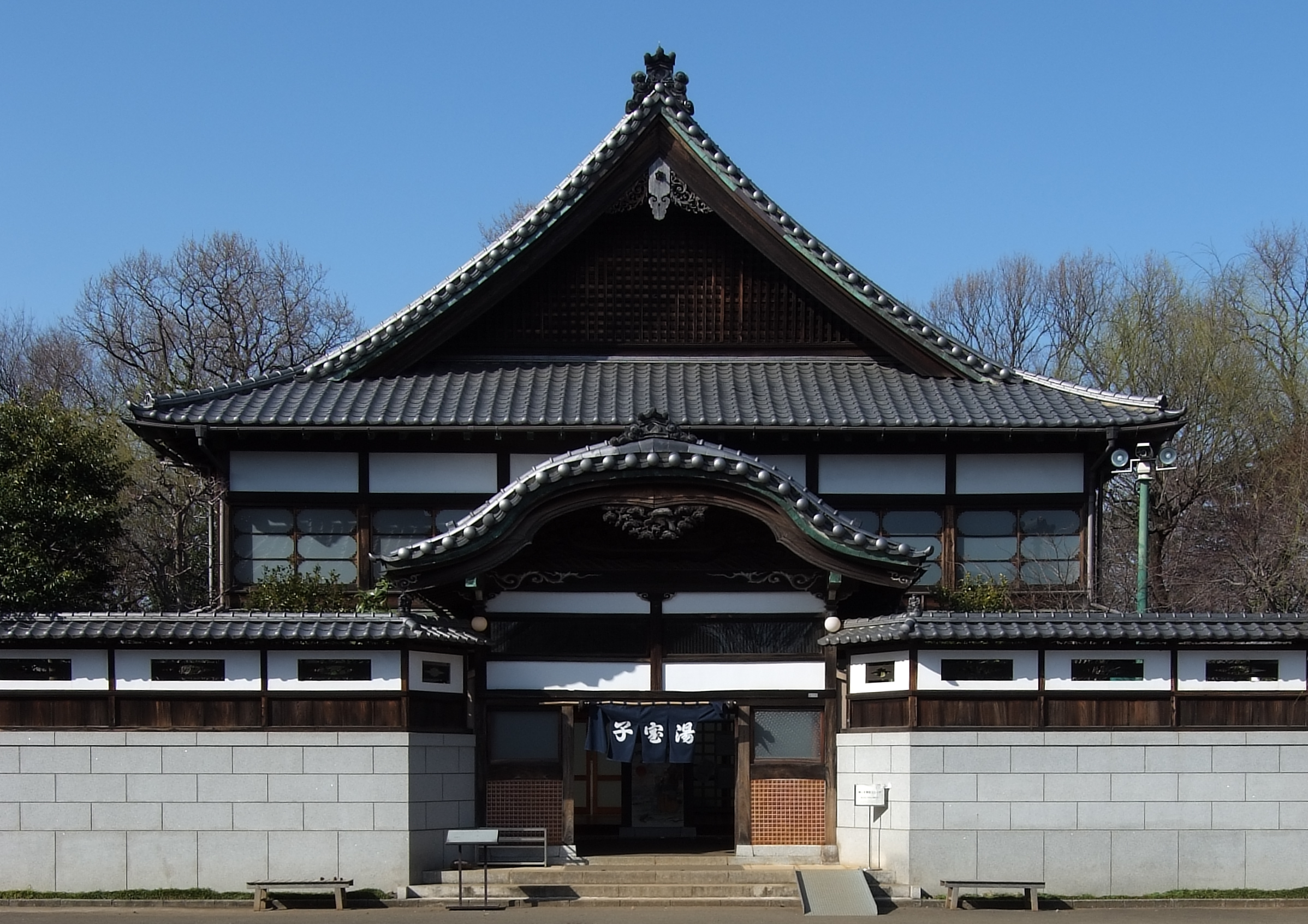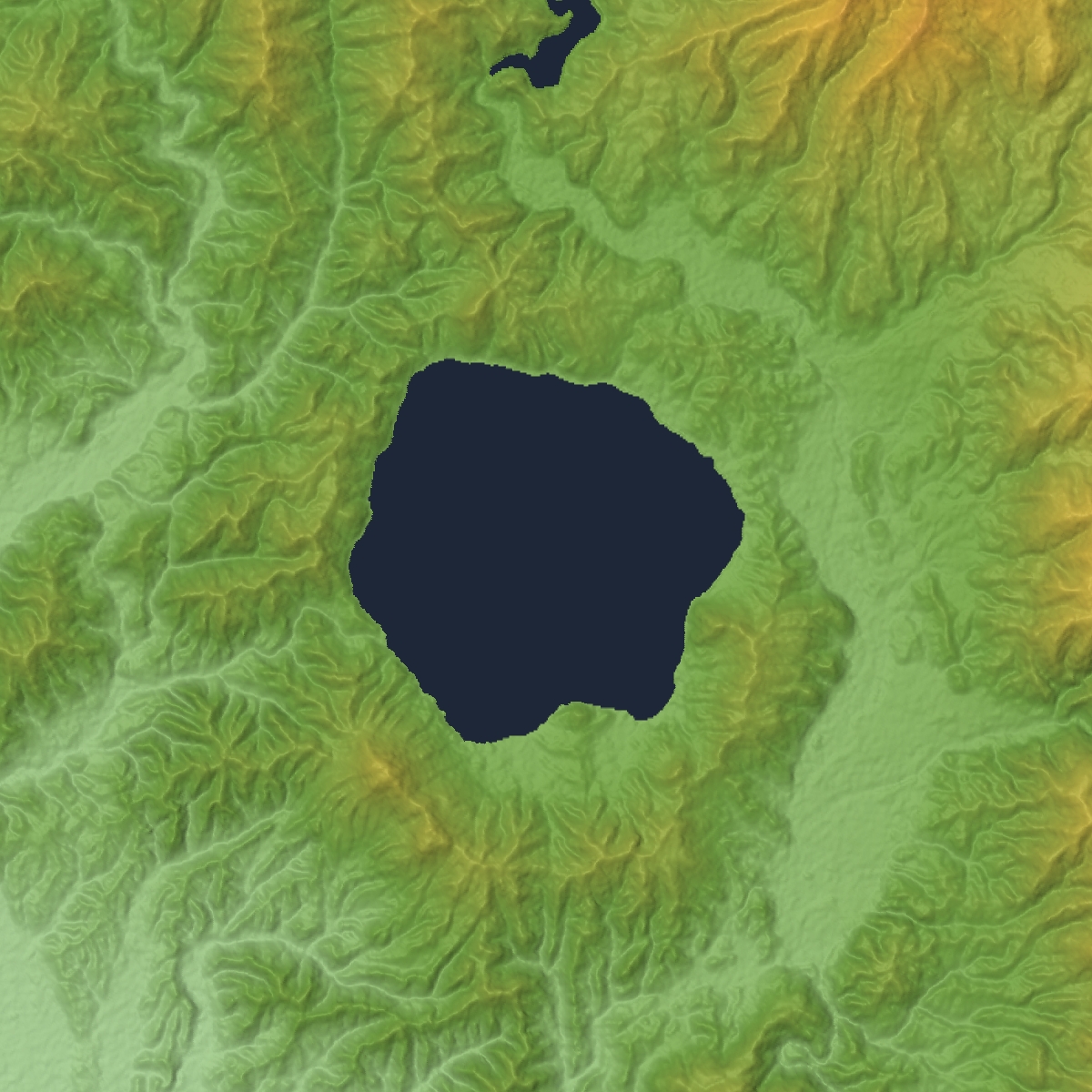|
Nyūtō Onsen
Nyūtō Onsen (乳頭温泉郷 にゅうとうおんせんきょう ''Nyūtō-onsen-kyō'') is a rural hot spring resort in Towada-Hachimantai National Park, Semboku City, Akita Prefecture, Japan and consists of Japanese-style hot spring spas scattered around the base of Mount Nyūtō. Nyūtō Onsen is composed of seven separate accommodation facilities. This includes six ryokan inns (including the well-known Tsuru-no-yu Onsen and the innermost Kuroyu Onsen) and the Nyūtō Onsen-kyō Kyūka-mura Hotel. Additionally, a free outdoor natural hot spring (''noya'') known as Ippon-matsu Onsen is on the trail of Mount Nyūtō. The site formerly hosted accommodation facilities and changing rooms which are no longer present; the spring itself remains accessible to hikers. Visitors can purchase a pass known as a ''yumeguri-chō'' which grants single-entry access to the baths of each of the inns in the Nyūtō Onsen locality. It can only be purchased by guests of an inn or the hotel. ... [...More Info...] [...Related Items...] OR: [Wikipedia] [Google] [Baidu] |
Tazawako Station
is a railway station on the Tazawako Line in Semboku, Akita, Japan, operated by East Japan Railway Company (JR East). Lines Tazawako Station is served by the Tazawako Line and the Akita Shinkansen, and is located 40.1 rail km from the terminus of both lines at Morioka Station. Station layout Tazawako Station consists of a single side platform and an island platform. The station building, by architect Shigeru Ban, with its glass facade, received the Good Design Prize. Tazawako Station was selected to be one of the Hundred Stations of Tohoku. Platforms History Tazawako Station opened on August 31, 1923, as on the Japanese Government Railways, which became Japanese National Railways (JNR) after World War II. The station was renamed to its present name on October 1, 1966. The station was absorbed into the JR East network upon the privatization of JNR on April 1, 1987. Services on the Akita Shinkansen began on March 22, 1997. Surrounding area * Nyūtō hot spring village * ... [...More Info...] [...Related Items...] OR: [Wikipedia] [Google] [Baidu] |
Furo
, or the more common and polite form , is a Japanese bath and/or bathroom. Specifically it is a type of bath which originated as a short, steep-sided wooden bathtub. Baths of this type are found all over Japan in houses, apartments and traditional Japanese inns (''ryokan'') but are now usually made out of a plastic or stainless steel. A ''furo'' differs from a conventional Western bathtub by being of a deeper construction, typically in the region of 0.6 m (25 inches). The sides are generally square rather than being sloped. They typically have no overflow drainage. Traditional pot shaped cast iron ''furo'' were heated by a wood-burning stove built-in below them. ''Furo'' (or ''yubune'' ( 湯船) which specifically refers to the bath with water) are usually left filled with water overnight, and in some households the water is reused or recycled for washing clothes the next day. As in the West, it was the custom for more than one member of the family to use the same bath wat ... [...More Info...] [...Related Items...] OR: [Wikipedia] [Google] [Baidu] |
Sentō
is a type of Japanese communal bathhouse where customers pay for entrance. Traditionally these bathhouses have been quite utilitarian, with a tall barrier separating the sexes within one large room, a minimum of lined-up faucets on both sides, and a single large bath for the already washed bathers to sit in among others. Since the second half of the 20th century, these communal bathhouses have been decreasing in numbers as more and more Japanese residences now have baths. Some Japanese find social importance in going to public baths, out of the theory that physical proximity/intimacy brings emotional intimacy, which is termed '' skinship'' in pseudo-English Japanese. Others go to a ''sentō'' because they live in a small housing facility without a private bath or to enjoy bathing in a spacious room and to relax in saunas or jet baths that often accompany new or renovated sentōs. Another type of Japanese public bath is ''onsen'', which uses hot water from a natural hot spring. I ... [...More Info...] [...Related Items...] OR: [Wikipedia] [Google] [Baidu] |
Akita Airport
is a regional/second class airport located southeast of Akita StationAIS Japan in the city of , in , . History Akita Airport was originally opened on October 1, 1961, on the Omonogawa coast of the approximately 20 kilometers southeast of the center of Akita City. The airport has a 1200-meter runway, which was extended to ...[...More Info...] [...Related Items...] OR: [Wikipedia] [Google] [Baidu] |
Lake Tazawa
is a caldera lake in the city of Semboku, Akita Prefecture, northern Japan. It is the deepest lake in Japan at . The area is a popular vacation area and several hot spring resorts can be found in the hills above the lake. Akita Prefecture's largest ski area, Tazawako Ski Area a overlooks the lake. Hydrology Lake Tazawa has a surface elevation of 249 meters, and its deepest point is 174.4 meters below sea level. Due to this depth, there is no possibility that the lake is frozen in the dead of winter. At , it is slightly deeper than Lake Shikotsu in Hokkaidō (423.4 meters), and is the 17th deepest lake in the world. Lake Tazawa has no natural inflow or outflow, and in 1931, had a measured transparency of 31 meters, comparable with Lake Mashū, but with abundant aquatic organisms. However, due to the construction of hydroelectric power plant facilities and agricultural runoff, coupled with an influx of highly acidic water from Tamagawa Hot Spring, transparency has been re ... [...More Info...] [...Related Items...] OR: [Wikipedia] [Google] [Baidu] |
Tazawako Line
The is a railway line operated by East Japan Railway Company (JR East) connecting Morioka Station in Morioka, Iwate and Ōmagari Station in Daisen, Akita, Japan. Akita Shinkansen '' Komachi'' trains travel over the line, which was regauged in 1997 from to . History The section from Morioka to Shizukuishi opened on 25 June 1921, as the , and was extended to Hashiba on 2 September 1922. Services to Hashiba Station ended in the 1940s. In 1964, the Shizukuishi to Akabuchi section opened, and upon completion of the Sengan Tunnel, the Akabuchi to Tazawako section opened on 20 October 1966, completing the line. Freight services ceased in 1982, the year the entire line was electrified. In 1997, the line was converted to gauge, and became part of the Akita Shinkansen, with standard-gauge electric multiple unit (EMU) trains providing local services on the line. Station list Akita Shinkansen '' Komachi'' trains stop at stations marked "●". ;Passing loops * is a passing ... [...More Info...] [...Related Items...] OR: [Wikipedia] [Google] [Baidu] |
Ryokan (inn)
A is a type of traditional Japanese inn that typically features ''tatami''-matted rooms, communal baths, and other public areas where visitors may wear yukata and talk with the owner. Ryokan have existed since the eighth century A.D. during the Keiun period, which is when the oldest hotel in the world, Nishiyama Onsen Keiunkan, was created in 705 A.D. Another old ryokan called Hōshi Ryokan was founded in 718 A.D. and was also known as the world's second oldest hotel. Such inns also served travelers along Japan's highways. Ryokan are difficult to find in Tokyo and other large cities because many are often much more expensive compared to modern hotels and hostels. As elsewhere in the world, hotels have become a standard in Japanese urban tourism. Nonetheless, some major cities do offer ryokan with competitive rates. Traditional ryokan are more commonly found in scenic rural areas, and in recent years, many ryokan have been redeveloped to their original style, particularly ... [...More Info...] [...Related Items...] OR: [Wikipedia] [Google] [Baidu] |




